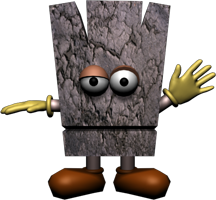Glacial movement
A glacier might look like a solid block of ice, but it is actually moving very slowly. The glacier moves because pressure from the weight of the overlying ice causes it to deform and flow. Meltwater at the bottom of the glacier helps it to glide over the landscape.
The edges and upper layer of the glacier is not under as much pressure. These sections are more rigid and prone to cracking. The cracks are called crevasses. Lots of crevasses form when the ice flows over large bumps or around a bend in a valley.
« Back 













